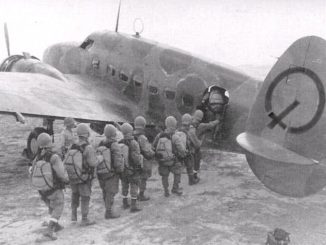
Nakajima Ki-44 Type 2 Shoki “Tojo”
Shortly after Nakajima had received orders for the Ki-43 “Hayabusa” fighter, they were asked to produce a design for a new interceptor fighter. Unusually for a Japanese fighter the need for manoeuvrability was relaxed in […]









